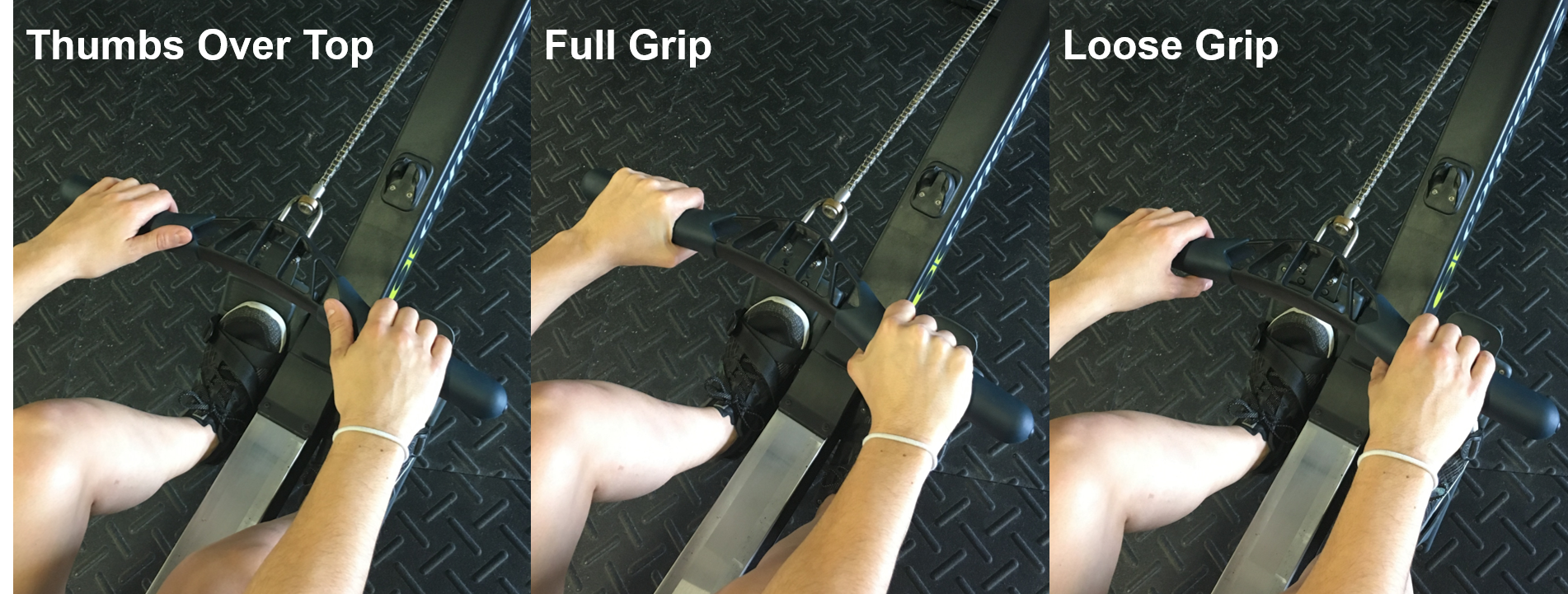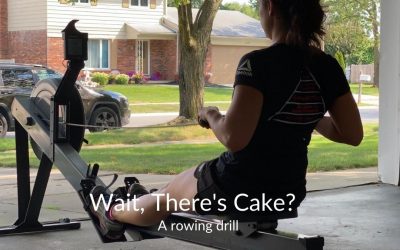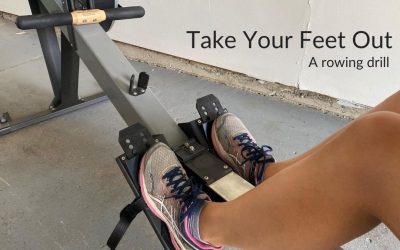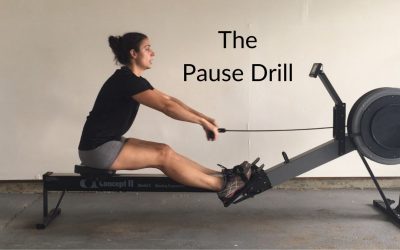How to Grip the Handle When Rowing
Something as little as how you grip the handle can change more than you think about your rowing stroke.
There are three ways I have seen people grip the handle, and the easiest way to describe those three are thumb over the top, full grip, and loose grip. Hint: only one of these is correct!

THUMB OVER TOP
For the most part, I don’t see people using this grip at the catch of the stroke (when you’re closest to the flywheel) because you could drop the handle without having your thumb for support. I do see it at the finish, typically when someone is finishing very high into their collarbone/neck area. They do it in order to rotate their wrists out of the way.
There are a couple of issues with gripping like this. The biggest one being that it is not very stable, which in turn will cause you to not have a good grip on the handle to be able to drive from. You also don’t need to finish your stroke above your chest area, so gripping this way shouldn’t be needed from a flexibility standpoint. The best place to finish is at your lower ribs.
I’m also in favor of using our opposable thumbs. It just makes sense.
FULL GRIP
This is the grip I see the most often in Crossfitters. Everyone wants to crank on the handle and chain for the maximum amount of calories.
Have your biceps ever been sore after a rowing workout? If they are you are probably using this grip more than you realize.
When you use a full grip, it causes you to want to pull with your biceps and this is not what you want to do when you’re rowing.
In order to maximize your power and your effort level, you want to use your body weight to your advantage. This means you need to hang off the handle during the drive portion of your rowing stroke.
Here’s another way to think about it. When you do a deadlift, clean or snatch, do you pull with your biceps right away? I hope that everyone’s answer would be “no!” At the start of each of these movements, your arms are straight like straps and you use your legs to get the bar to your hips.
In rowing, the catch is similar in that you want your arms to act like straps. You want to drive through your heels and hang your body weight on the handle with your arms straight (not locked out but engaged). When you use a full grip, you are more likely to start pulling with your biceps. When your arms are straight, you can start pulling with your lats which is what we are looking for!
LOOSE GRIP
Having a loose grip on the handle will help you kick the habit of pulling with your arms and help you start learning to hang your bodyweight.
You still want to have your thumbs underneath the handle for support, but there should be some space between the base of your thumb and the handle. You can refer to the pictures at the beginning of the post for reference.
When you grip this way, most of the handle will be in your fingers, and not your palm. You’ll notice you’ll start to get blisters on your fingers instead of the regular rips and tears on your palm from the pull-up bar. This means you’re doing something right! All my calluses or blisters from the rowing machine are on my fingers.
Once you start using this loose grip, it will be hard to pull with your biceps. And that’s ok! We don’t want that! Drive the heels down, engage the lats, keep your core tight and let your body weight do the work for you!
Here’s a short video to illustrate the difference in your arms when you use a full grip versus a loose grip.
Wait, There’s Cake?
I’m pretty sure I’ve said this at some point in my rowing career. Unfortunately, the response from my coach was “nope! Just cut the cake drill”. I’m not sure anyone knows why this drill is named that. I mean, it always makes me hungry! Joking aside, the cut the cake...
Take Your Feet Out
I'm pretty sure anyone who has tried rowing with their feet out has decided it’s their least favorite drill. Which must mean it’s a good one, right? Rowing with your feet out reveals when you are relying on the foot straps. When you rely on the straps, you’re pulling...
The Pause Drill
Another week, another drill. The pause drill is exactly what it sounds like. You pause in the middle of your stroke at certain places in order to achieve a specific technique fix. For example, if you bend your knees early on the recovery before the hands are extended...



